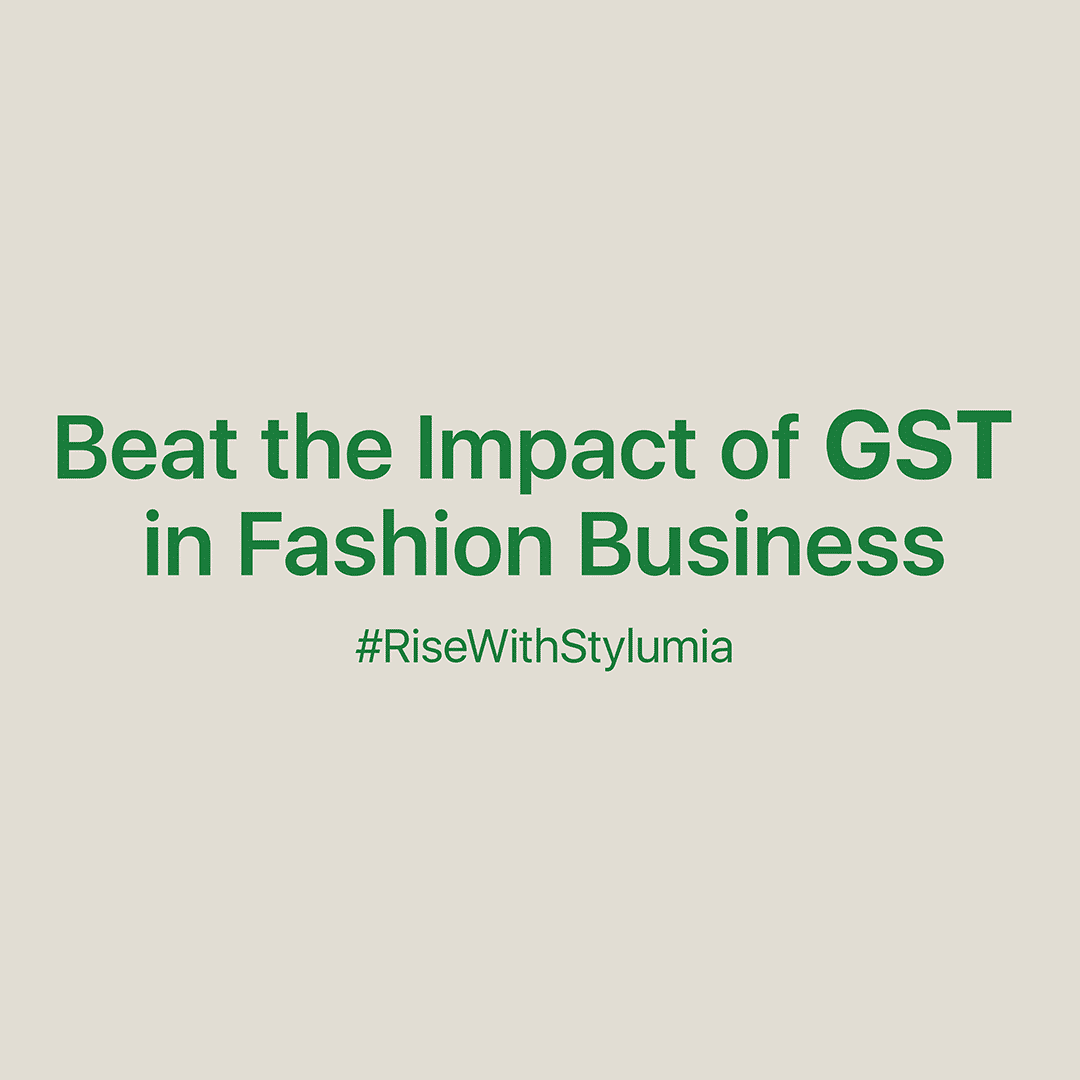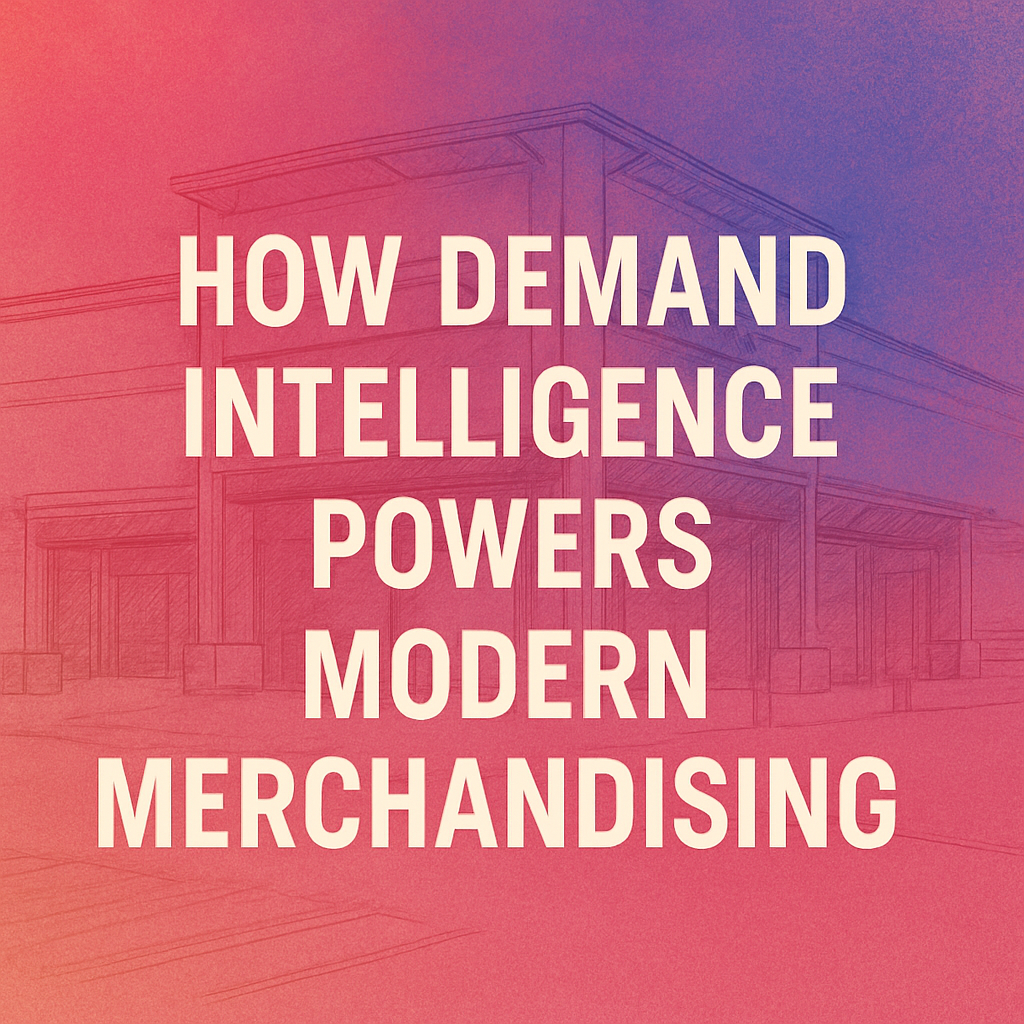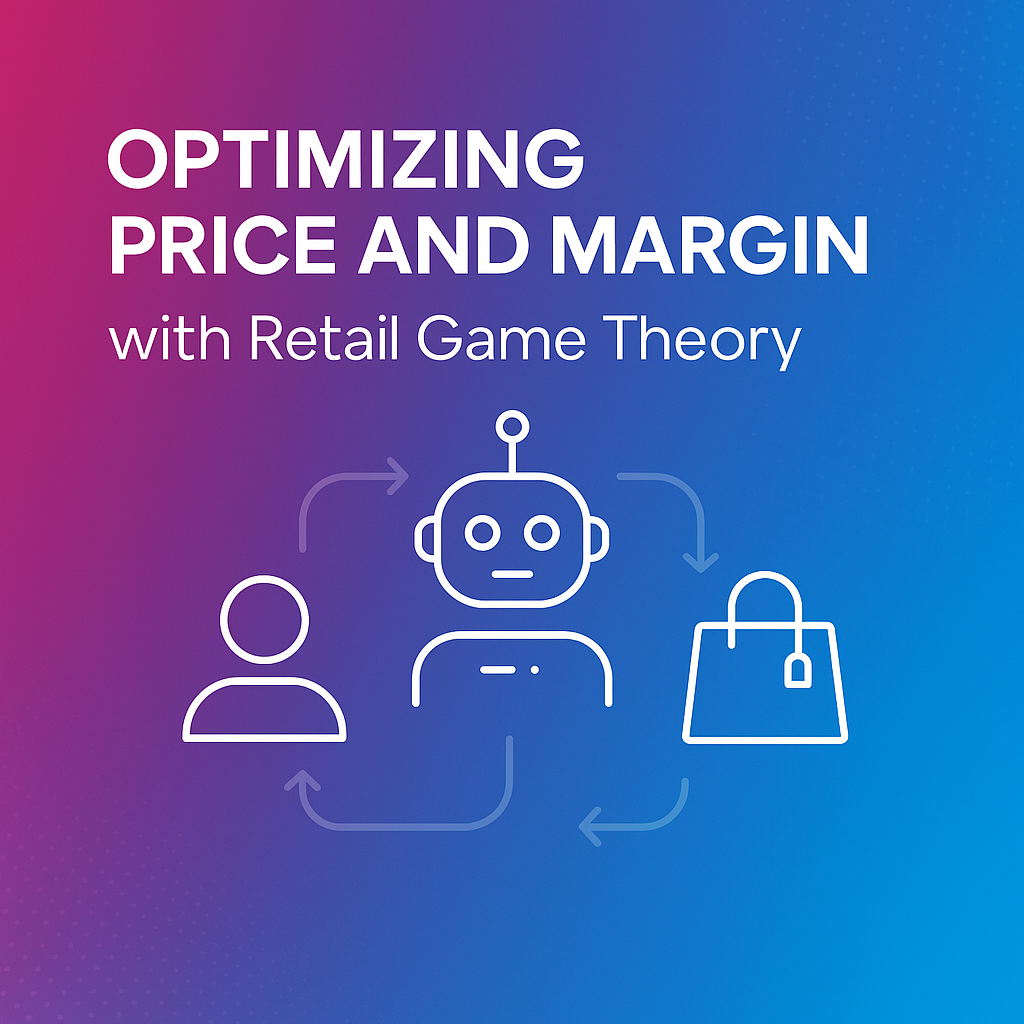How To Beat The Potential Impact Of GST

It is that time of our journey now, similar to the excise duty introductions many years back when we all planned for the potential impact of excise balancing what is good for consumers and the company. In this note, we provide our perspective on how any fashion brand or retailer can beat the potential impact of GST. If there is no impact of GST, the approach can leave additional revenue and a bottom line for the brand/retailer.

Fashion and lifestyle businesses like any other retail hinges a lot on the product. This may be oversimplified but it is the fact. Money made in fashion is impacted largely by the red zone.
It is the red zone where maximum money is spent (biggest investment by a fashion business) in the form of promotions and discounts, leave alone additional non-value-adding resources of inventory, real-estate and digital assets. The budget that gets in here is 15-25% of sales which is the single largest spend in any fashion brand/retailer. Looking at it differently, this budget is 4-5 times the net profit of a fashion business. There is so much out there.
The key causation of this spending is coming from “product decisions”. The product decision-making process has been incrementally improving over the last few decades but has not fundamentally moved. The processes of trade show, trade partner validation, internal reviews continue. Each of these inputs is valuable, but in the context of dynamic changes in the market and digital visibility of consumer tastes are so widespread and changing, views of few including those whom we think are close to customers come short.
How are we preparing ourselves for this to capture consumer signals?
Intelligence from consumer signals has transformed many industries, one noteworthy is online advertising which used to be manually monitored years back. It is now one of the most efficient industries in terms of consumer relevance and effectiveness, driven by real-time intelligence. A good blend of intuition + real-time intelligence can make a huge difference to the fashion business’s top and bottom line. It has been proven now across industries with long lead times too like healthcare, automobiles etc.
It will drive us all towards “effectiveness” than “efficiency”.
How does one incorporate this intelligence as part of product decision making? Let’s firstly differentiate ‘intelligence’ from ‘information’. Fashion is a unique business wherein most of product intelligence is in visual form and traditional analytics do not provide visual clues, also when traditional analytics analyses only our data (what we have done). What we have done is a small fraction of what you have not done.
Where is the intelligence? Are we investing in intelligence or information? Most of the analytics tools are platforms of information.
How do you bridge this intelligence gap?
Most of the innovations are powered by real-time insights outside-in. One question worth asking is “Do we have intelligence coming in from outside-in: globally and with Indian context into your product decision making? Retail visits by a few organisations and few partner views are not going to get us closer to consumers more than ever before. Even those who share these insights are doing the same. This cascades. While these signals are important, they still distance us from reality.
It is time to consider tools that help the organisation get real-time insights from global sources of inspiration (for forwarding seasons) and competitive intelligence from the domestic market (understand gaps) and keep making your product pipeline a ‘sense and respond’ model over ‘plan and deliver’, irrespective of how long is your calendar.
“Particularly when the target is moving, we can not have tools which are relatively stationary.”
In Closing
Our experience so far indicates the potential for a brand/retail to double up its profits by using intelligence outside-in and contextually applying it in their product decisions.
Stylumia is one such approach, fully focused on consumer signals and enable fashion brands and retailers to make informed decisions where it matters.
We hope the impact of GST is the least and every brand/retailer prepare itself not just for this impact but prepare well enough to meet consumer taste of fashion on an ongoing basis.



